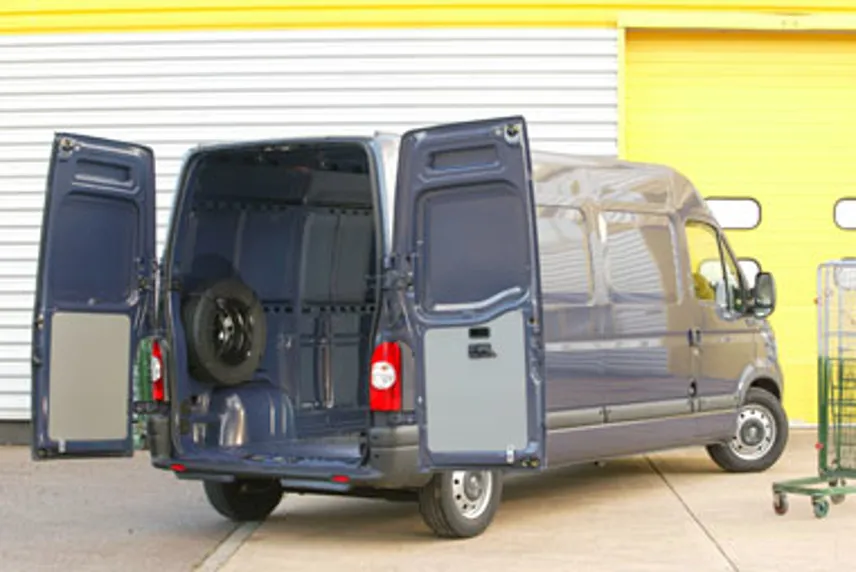Review
If any butchers, bakers or florists are happening to read this article, I might as well say here and now that there is nothing of interest for you – sorry!
Nissan’s mighty Interstar, with its whopping 3.0-litre common rail diesel powerplant, its long wheelbase and medium high roof which will swallow up to 12.6 cubic metres of cargo, is built for heavy duty fleets.
These vehicles will be seen thrashing up and down the motorways of Britain, lugging anything up to 1,540kg and showing a clean pair of heels to the rest of the traffic.
When it comes to 3.5-tonne panel vans, they don’t come much bigger than this, unless you opt for the high roof version which will hold 13.9 cubic metres.
Nissan hasn’t offered this mighty vehicle for long. Until the company’s takeover by Renault, its light commercial vehicle line-up was less than complete.
But thanks to the French link-up, Nissan now has one of the biggest ranges of offerings in the business, from the Cabstar and Pickup, through the Interstar (a re-badged Renault Master/ Vauxhall Movano) and Primastar (a re-badged Renault Trafic/Vauxhall Vivaro) to the Kubistar (a re-badged Renault Kangoo).
All that is missing is a microvan.
Maybe we will one day see a Dinkistar based on the Nissan Micra.
Back with our test vehicle, the Interstar comes with the usual range of options, such as gross vehicle weights between 2.8 tonnes and 3.5 tonnes, three wheelbase options between 3,078mm and 4,078mm and three roof heights – standard, medium and high.
Engine offerings are 1.9dCi, 2.5dCi and ZD30, the same engine as offered in the Nissan Patrol.
Thus our test model sits at the top end of the range and comes in at £22,117 ex-VAT.
It is the type of vehicle that is becoming increasingly popular as anything bigger requires a tachograph, which in itself will present a whole fresh set of problems.
Outside
The Nissan Primastar might not be one of the most aesthetically pleasing vans on the roads today but when you get to this size and weight, vans tend to be slabs and nothing more.
But it isn’t ugly by any means and recently the van’s makers treated it to a few tweaks such as different-shaped headlights, which gave it more of a ‘family’ look.
It is certainly top marks to the Interstar for all-round protection.
There are large plastic bumpers at the front and rear, huge rubbing strips down each side and plastic protectors for each wheel arch.
These vans usually get more than their fair share of knocks and scrapes during their fleet lives, so this excellent set of protectors should keep them looking smart right up to disposal time.
Our test model came in a rather fetching metallic plum colour, which turned out to be a £300 ex-VAT option.
Inside
Climbing aboard is by remote plip locking and the cabin proves light and airy yet chunky and businesslike too.
First point of interest is the driver’s seat – it’s a dream.
It is hard and supportive and has plenty of length in the squab and at the back.
You would think designing a seat would be simple enough but it’s amazing how many manufacturers get it wrong.
Not only is the driver’s seat comfortable but the two passenger ones are as well.
Once again, many van manufacturers scrimp on the passenger seats and provide horrible hard objects that would feel more at home in a city bus.
















